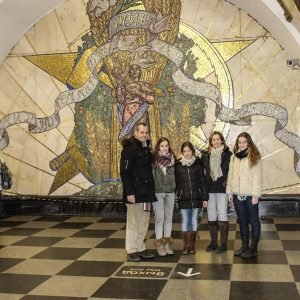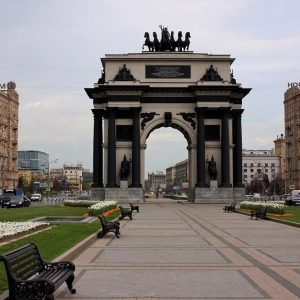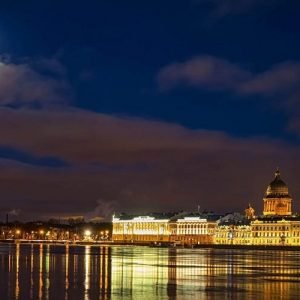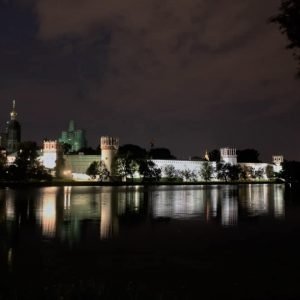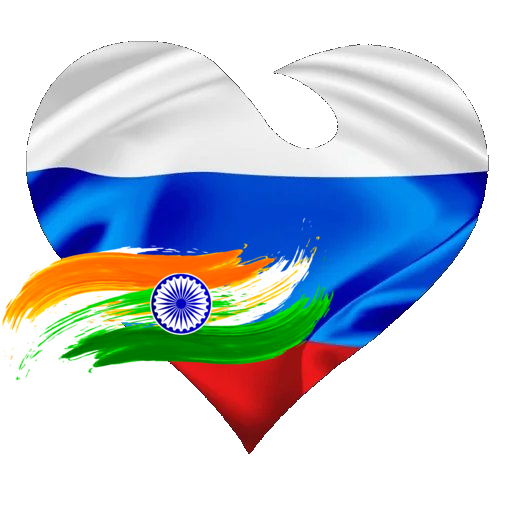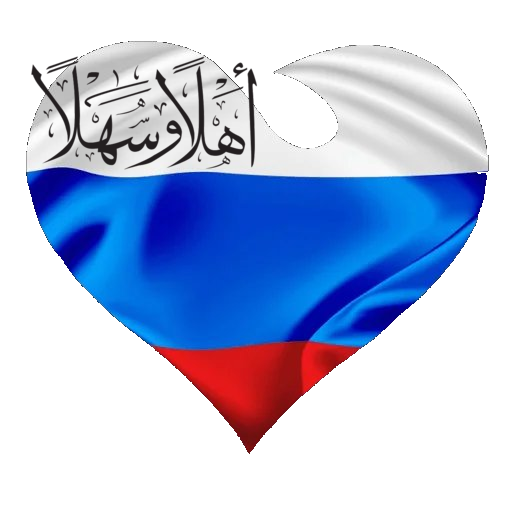With our proposal of Moscow Subway Tour we do not copy the rest of the different proposals that there are online, we want to give the visitor a very wide and enjoyable vision, not running in a hurry as most guides do.
The Moscow subway or the underground palace is known worldwide for its great artistic and architectural beauty.
In fact, the first design of the subway dates back to the imperial era of the Romanovs, but with the outbreak of the first world war the entire project was canceled until after the Bolshevik revolution when the initial infrastructure projects were revived.
During the metro tour in Moscow, we will see the most emblematic stations of different eras.
Among the stations we will visit on Moscow subway tour are:
- Mayakovskaya (Known as the Air Shelter)
- Novoslobodskaya (famous for its 32 stained glass windows by Latvian artists E. Veylandan, E. Krests, and M. Ryskin)
- Komsomolskaya (A walk through Russian history through the mosaics)
- Ploschad’ Revolyutsii (A wonder that represents more than cold statues)
- Kievskaya (A great tribute to fraternity)
In each of the stations, in addition to explaining the details related to its history and design, we spend a few minutes enough to take photos and videos to everyone’s liking.
History of the Moscow Metro
Moscow Metro is not only a popular form of transport, but also a masterpiece of world architecture. The first stations were worked by eminent architects who put their soul into the project.
44 metro stations have become cultural heritage monuments. During the Great Patriotic War (World War II), metro stations were anti-aircraft shelters. In the post-war years, the stations were built at great depth, so that the population can hide inside in the event of a nuclear or bacteriological war. (We will see in the Moscow subway tour an example of a shelter station)
Creation projects and ideas
In 1875, the first project was proposed by engineer Titov, it was a plan to connect Kursk station with Marina Roscha through the Lubyanka and Trubnaya squares using a railway tunnel.
In 1902, a project of underground roads connecting Zamoskvorechye and Tverskaya Zastava was presented to the city’s Duma court. Its authors are engineers P. Balinsky and E.K. Knorre in collaboration with artist N.N. Karazin.
The illustrated project was not only preserved on paper, but also clearly showed how it would change Moscow’s face. The idea of the subway liked the city government, many options were shuffled, even a German company developed an alternative project, but economically all options were stalled by lack of funding and numerous ideas and suggestions were justify on paper.
Increasing the need for the construction of the Moscow Metro
Moscow expanded, needing a new transport network adapted to the pace of growth. Horses, trams, buses, trolleybuses could not cope with the increasing flow of people.
In the summer of 1931, with L. M. Kagonovich (the Moscow metro bore its name until 1955, and from 1955 to the present the name of the Moscow metro changed by V. Lenin), a decision was made at the state level to immediately begin preparations for the construction of the metro in Moscow. From this year, construction began to develop rapidly.
As early as September 1931, Metrosta was created, and in November work began in the first experimental place, where they studied underground working conditions in the city. The first line was placed from Sokolniki to the construction site of the House of the Soviets, where the Cathedral of Christ the Saviour is now located.
Difficulties while building the Moscow Metro
At first, the work was done manually and was too slow. This was due to the fact that the country lacked specialists who were familiar with the construction of the subway. Disputes often arose at the depth of how deep the tunnels should be established and construction was halted several times.
The country’s leaders had to attract foreign specialists, who categorically rejected from the beginning, then Soviet subway builders were sent abroad to learn new technologies to build the subway.
Gradually, the workers began to use large drilling machinery. In 1933, another problem arose: the shortage of workers. But communist propaganda did its job, made the profession of a subway builder so prestigious that a lot of young people were voluntarily built and on a large scale.
The difficult working conditions did not put the Russians back, whom found in the project the reflection of a heroism and socialist ideals. Seeing the result, it is true that they became heroes, building a “wonder of the world”. The first stations were equivalent to the palaces, which still captivate with their beauty: mosaics, frescoes, marble, granite, sculptures, bronze.
First Moscow Metro stations and logo
The first metro stations are the stations of the Sokolnicheskaya line. Trains opened on May 15, 1935 from Sokolniki to Culture Park. The length was 11.2 km, only 13 stations. Before the start of World War II, two more lines were opened: Arbatsko-Pokrovskaya and Gorkovsko-Zamoskvoretskaya. The subway logo is the large red letter “M”, it was designed in 1935 when the first line was launched.
A lot of details that we told you can see in Moscow subway tour with our guides.
21st century Metro
Our metro today is:
- 15 lines
- 275 stations (238 metro stations, 31 MCC stations, 6 Moscow monorail stations) and are on the rise
- More than 12,000 trains
- 21634 women (workers)
- 38966 men (workers)
- The total length of the metro is more than 411 km
- Number of passengers transported by the metro in 2019: 2560.7 million persons
- The maximum number of passengers transported by the Moscow Metro per day for 2019: 432.052 (27/12/2019)
The Moscow subway tour is the best complement to the Free Tour in Moscow as they are combined the same day and with the same guide and do not forget to consider the option of the cheap night tour on our website as well.
To make sure you don’t miss the tour, we recommend you book in advance and also fill the phone number so that we help you get to the meeting point more easily.
Do not hesitate to contact us if you have any questions before booking Moscow subway tour.




















